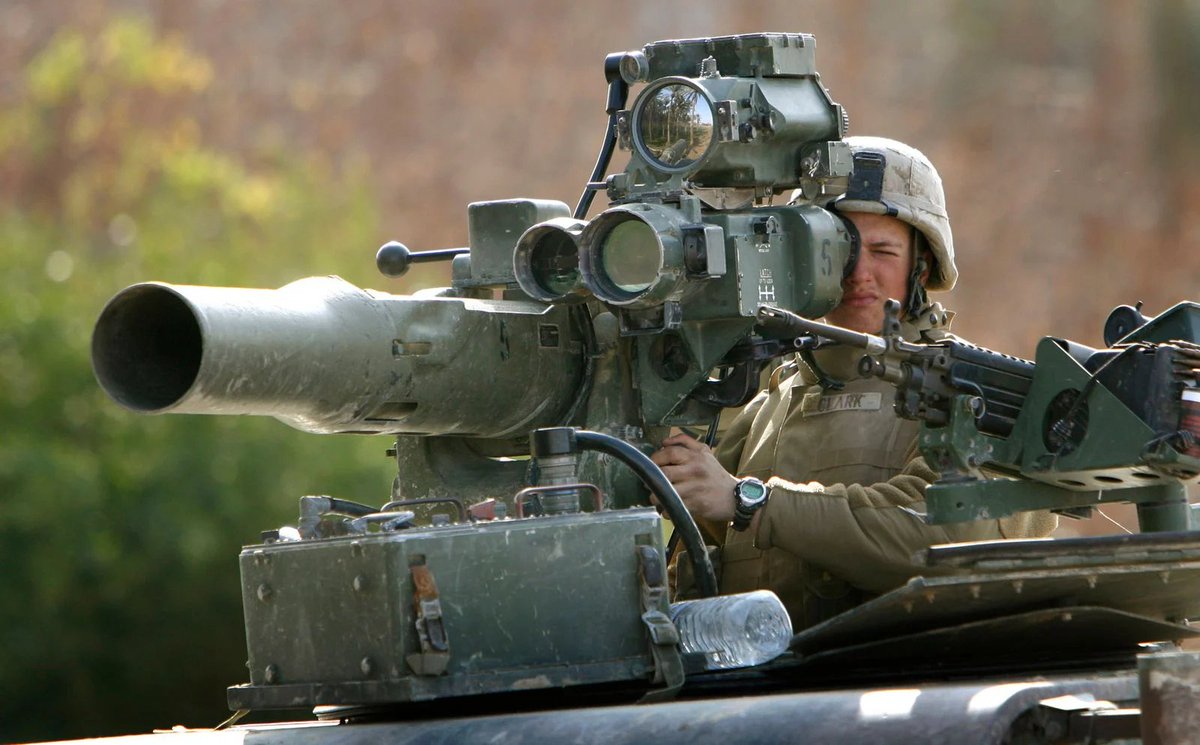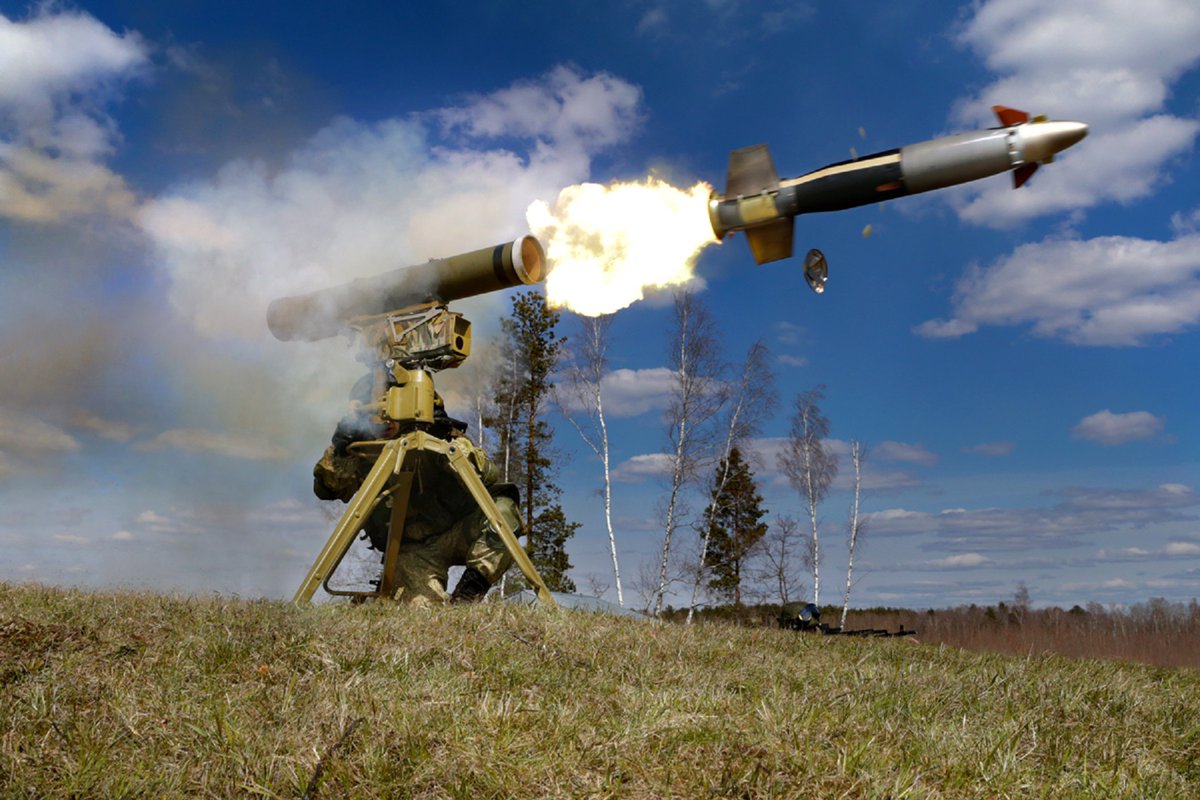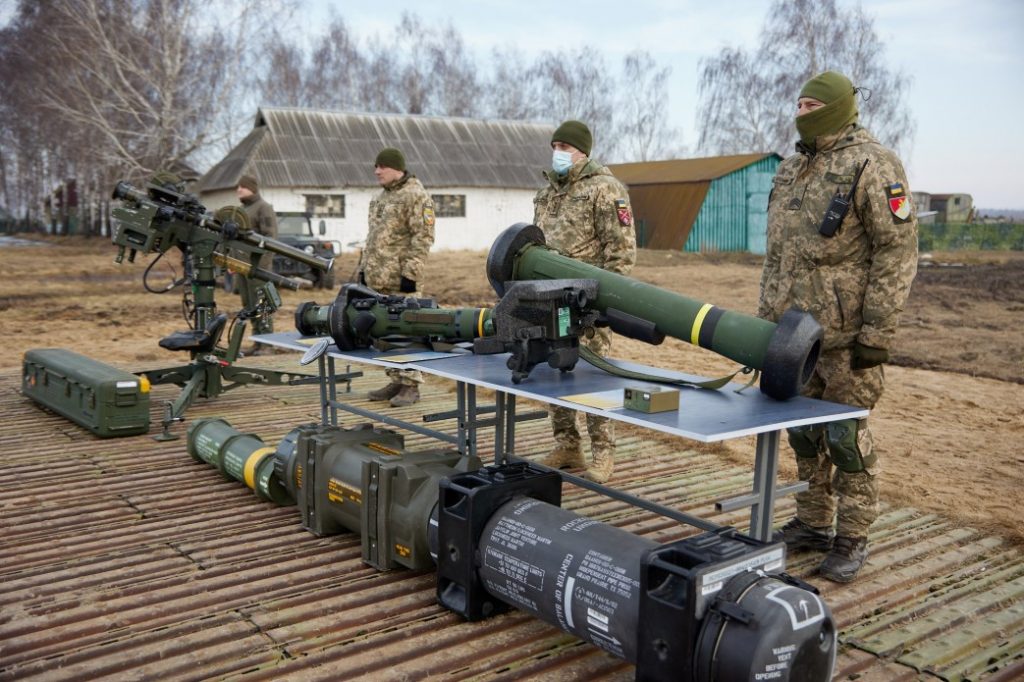A few comments to questions raised about the graphic of the publicly known Ukrainian Spring Offensive brigades:
1) most self-propelled artillery is assigned to artillery brigades, which can fire with 60-80 howitzers on a russian position. AFAIK one artillery brigade will
1/7
1) most self-propelled artillery is assigned to artillery brigades, which can fire with 60-80 howitzers on a russian position. AFAIK one artillery brigade will
1/7
https://twitter.com/noclador/status/1650590089297141760
support every three combat brigades in the offensive, which means russian positions will get hit far harder than if each brigade had its own self-propelled artillery battalion.
2) the graphic is based on a slide from the Pentagon leaks that is all over twitter. The delivered
2/7
2) the graphic is based on a slide from the Pentagon leaks that is all over twitter. The delivered
2/7
equipment is from @oryxspioenkop's list. In short: all of this s public info.
3) Of course the Ukrainians might have reorganized some the brigades since they returned from training in NATO countries. I don't know; and if I knew you know that I wouldn't let you know about it.
3/7
3) Of course the Ukrainians might have reorganized some the brigades since they returned from training in NATO countries. I don't know; and if I knew you know that I wouldn't let you know about it.
3/7
4) Pairing Ukraine's best IFVs, the Bradley M2A2 ODS-SA, with ancient T-55S tanks in 47th Mechanized Brigade makes sense. Each Bradley comes with 10 TOW-2A/B anti-tank missiles, which means the brigade doesn't need main battle tanks to fight russian tanks. The Bradleys
4/7
4/7
out-range and out-shoot all russian tanks. The T-55S will be used as assault guns to blow up russian infantry positions.
5) The wild mix of vehicles is absolutely irrelevant to the success of the offensive. Those vehicles need to be in the fight for 2-3 weeks. Yes, Western
5/7
5) The wild mix of vehicles is absolutely irrelevant to the success of the offensive. Those vehicles need to be in the fight for 2-3 weeks. Yes, Western
5/7
armies all try to have very few vehicles, but that is a cost-cutting measure dictated by pennypinchers in the finance ministries. For the offensive Ukraine needs all and will use all vehicles it can get. Right now the mix of vehicles in the brigades doesn't matter.
6/7
6/7
All that matters is: to they work? do they protect? are there enough? is there enough fuel? is there enough ammo?
Have a look at Croatia's & Israel's war of independence. You TAKE all weapons into service. Only after the war you sort out the ones you can't maintain longterm.
7/7
Have a look at Croatia's & Israel's war of independence. You TAKE all weapons into service. Only after the war you sort out the ones you can't maintain longterm.
7/7
• • •
Missing some Tweet in this thread? You can try to
force a refresh

 Read on Twitter
Read on Twitter













